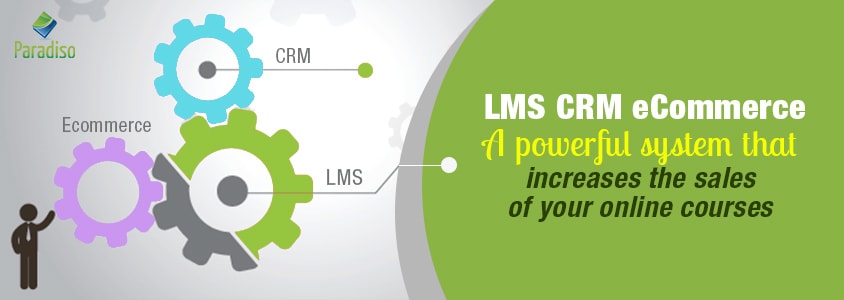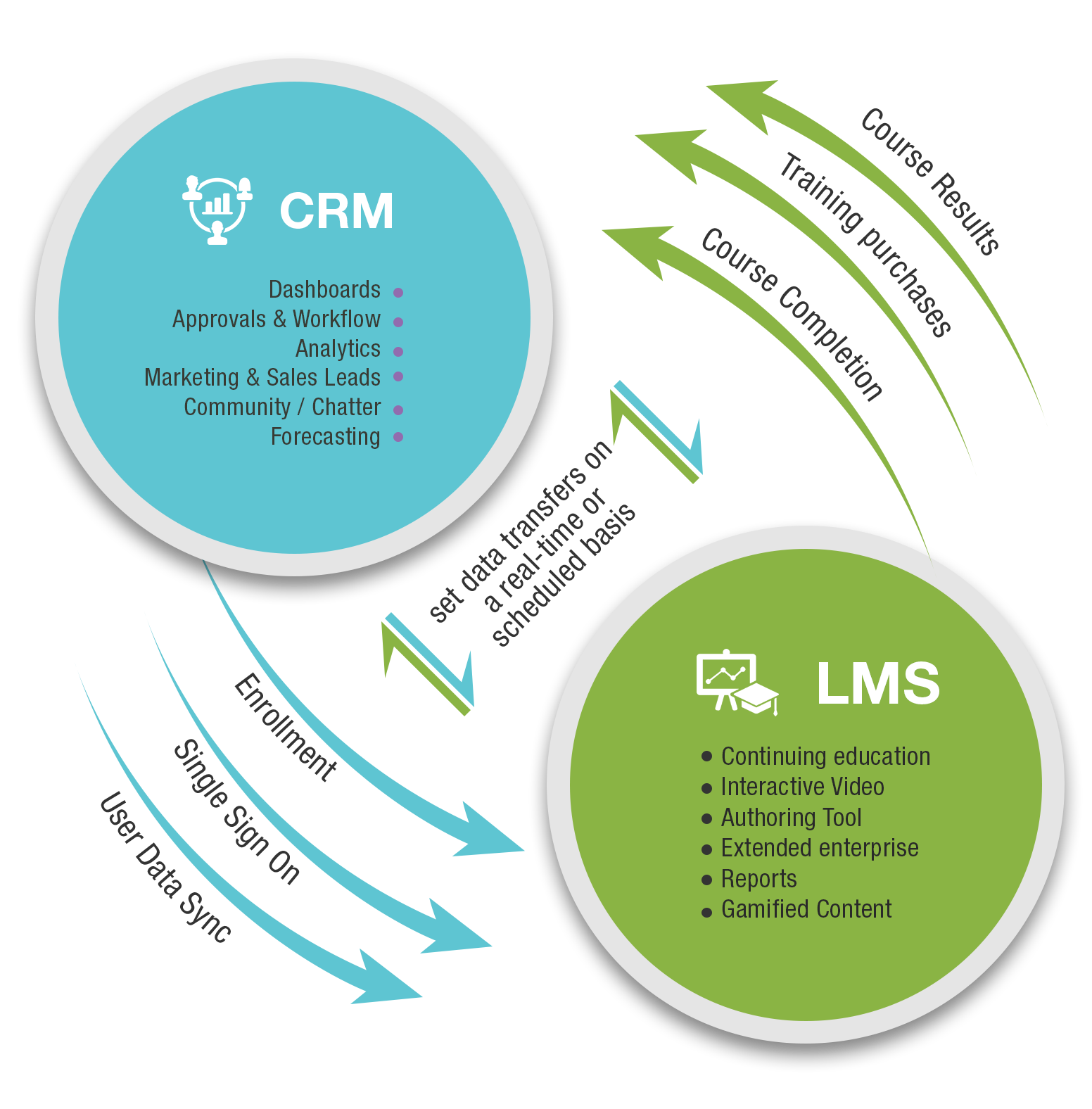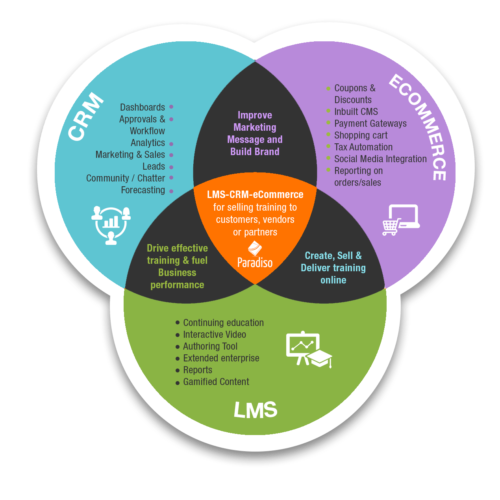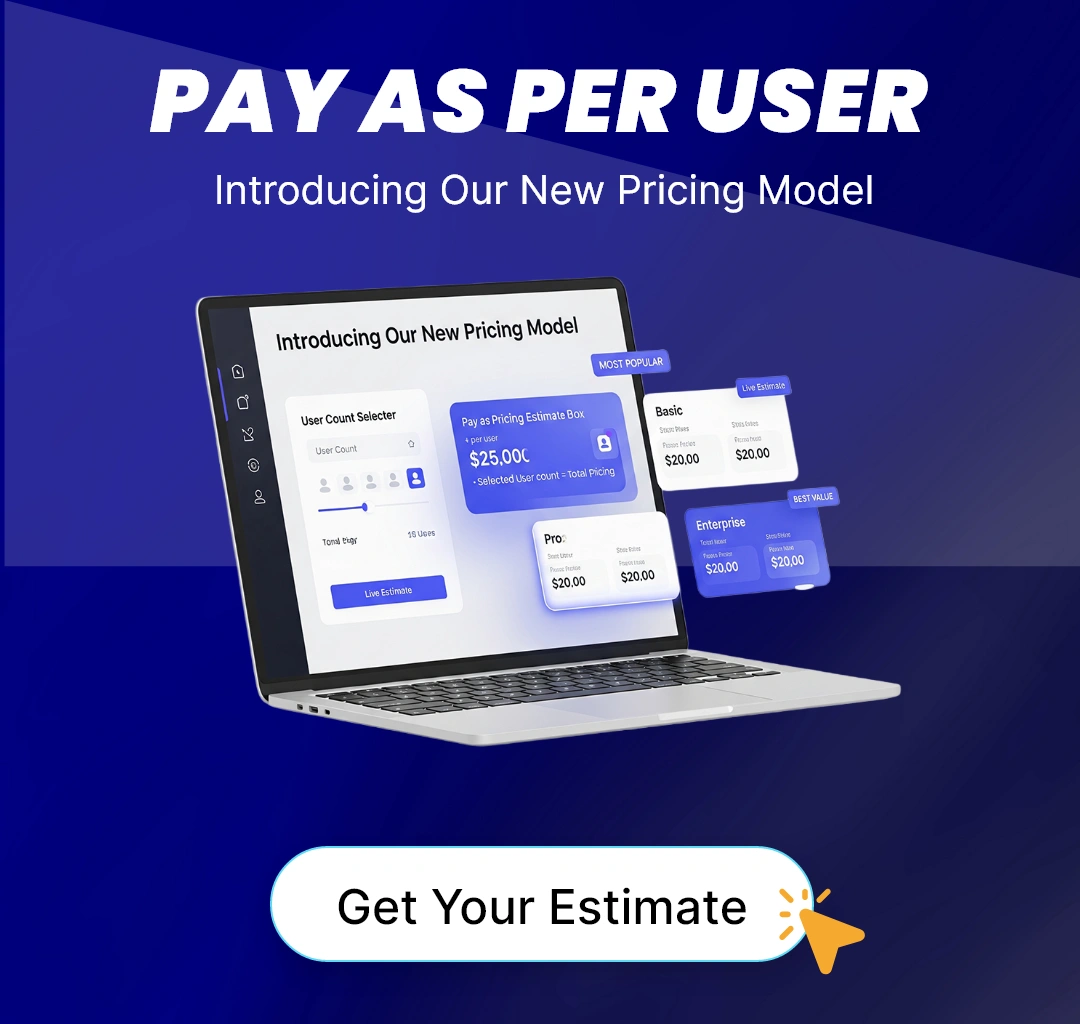Single Sign On :
Get your customers who purchased the online courses immediate access to the courses stored in the LMS. There won’t be a need for them to create a separate set of credentials to log into the LMS.
Automatic User Registration :
Your eCommerce users will automatically get enrolled in the LMS clients. You’ll do away with the need to manually enroll new users to the system each time, which can be particularly tiresome in large businesses where the number of users is enormous.
Sell Individual or Bundled Courses :
Courses can be sold both, singly or bundled together as related courses, for ease of purchase or promotional pricing. This comes in as a useful feature when distributing training content during onboarding new employees, or when providing relevant training modules to different sectors of the workforce.
Advanced Tracking & Reporting :
Track all activities of your learners in the LMS with any-time access to the administrators. Not just this, version tracking of the course can be done to determine if the learners need a newer version of the courses. Besides, you can pull granular report that’ll help you gain insight into the most popular and profitable courses.
Pricing Options :
You can implement subscription-based pricing models or can offer a bulk purchase / voucher based buying option for businesses who are B2B mainly and want to sell courses to their channel partners, vendors etc. You can easily give out discount coupons to your qualified target market.
White Labelled UI :
Your users won’t be able to make out the difference in the user interface when jumping between the LMS and the eCommerce store. Everything would be appear seamless while browsing. This is called white labelling, where the look and feel is customized to match your brand’s language to the hilt.
Frankly speaking, we don’t have the space to enlist the features of our LMS and the benefits of integrating it with an eCommerce portal and a CRM for selling courses online.













